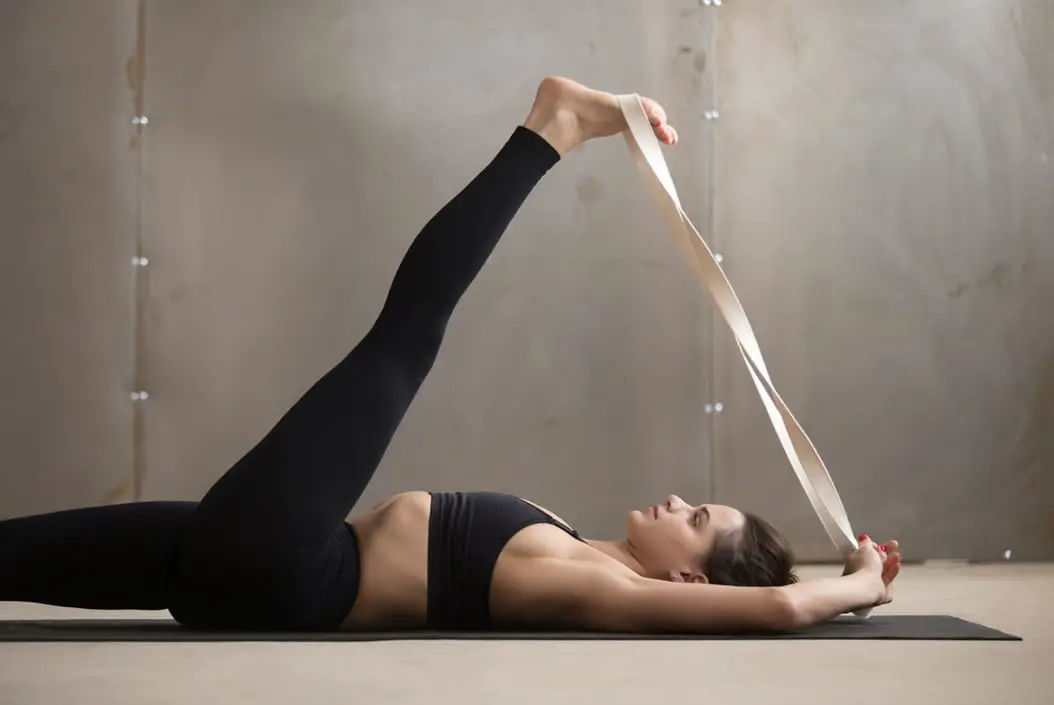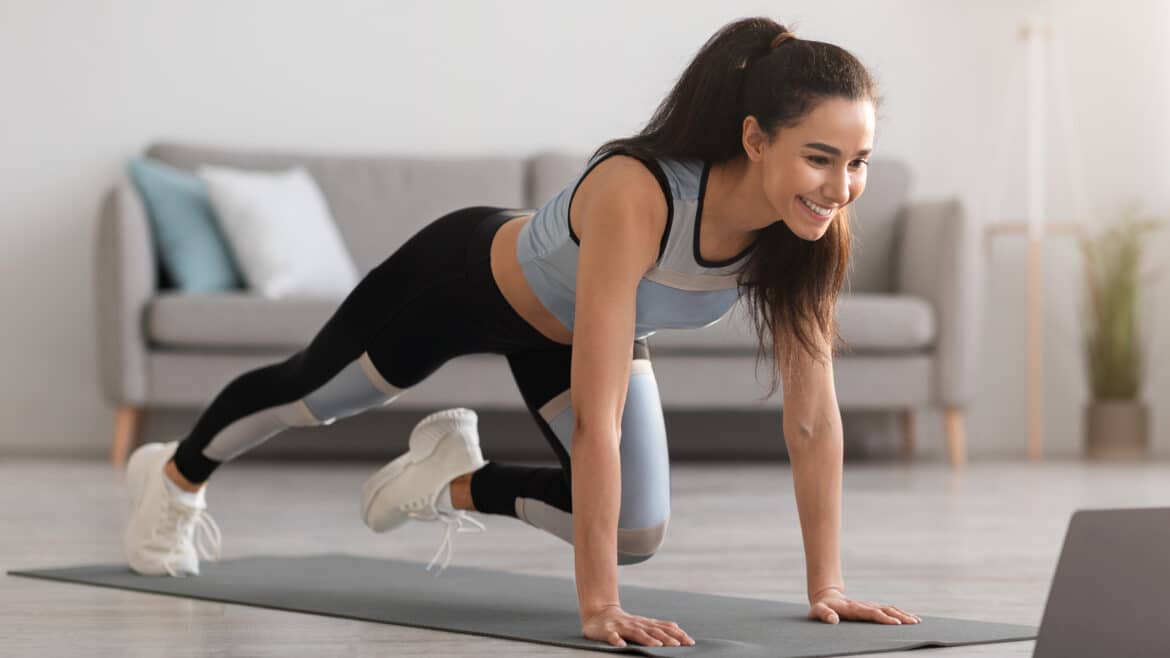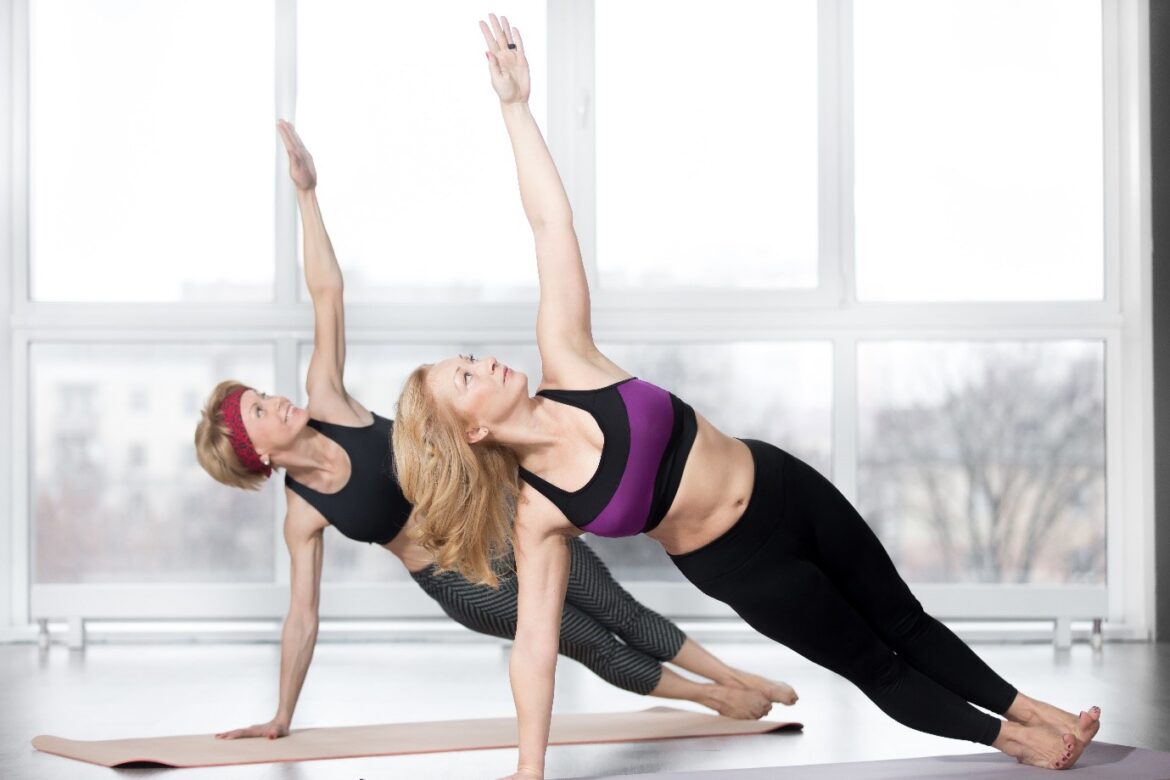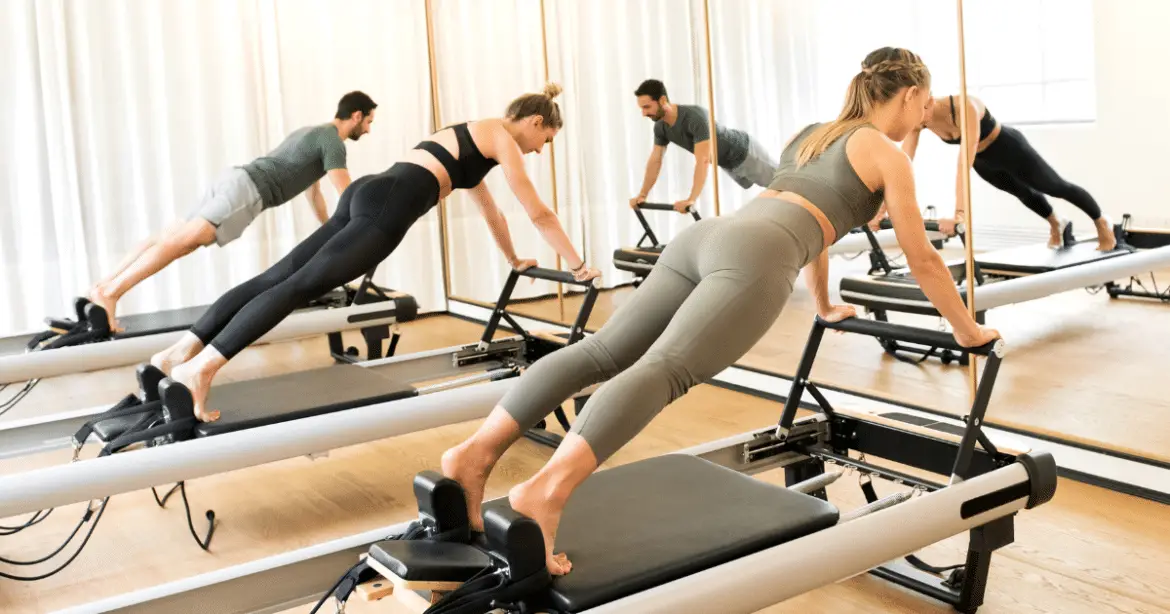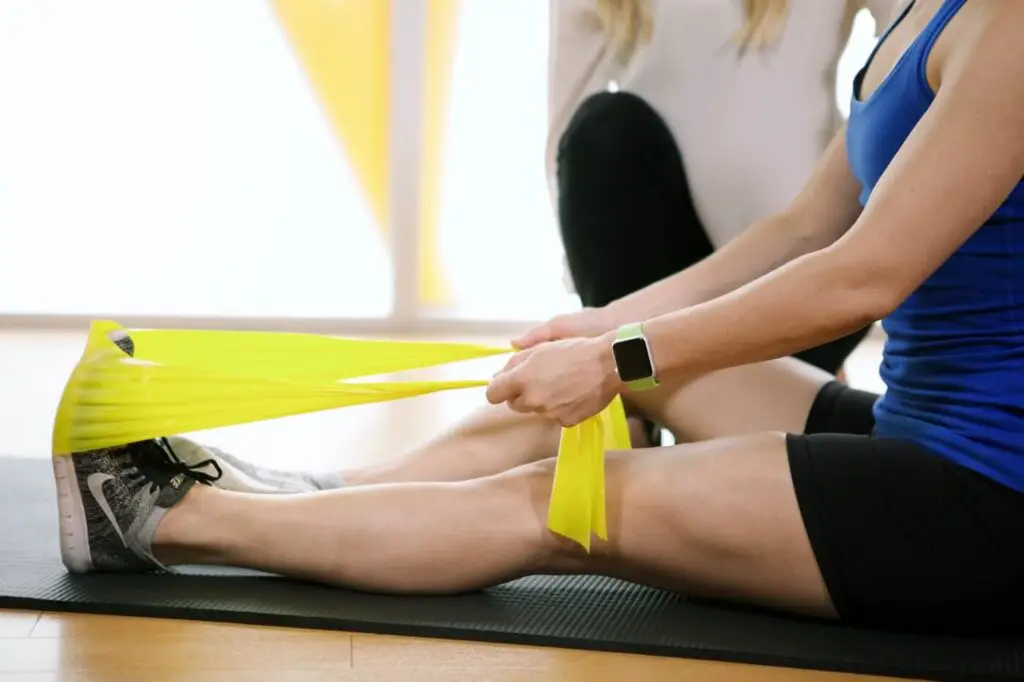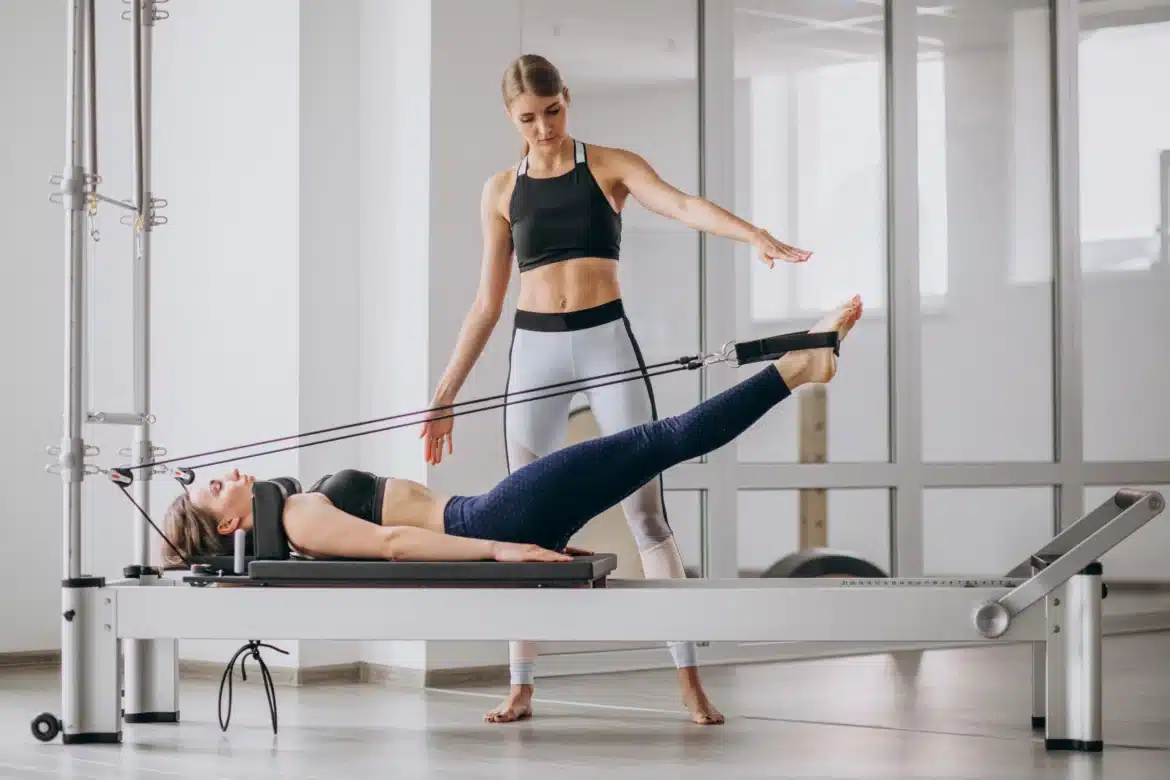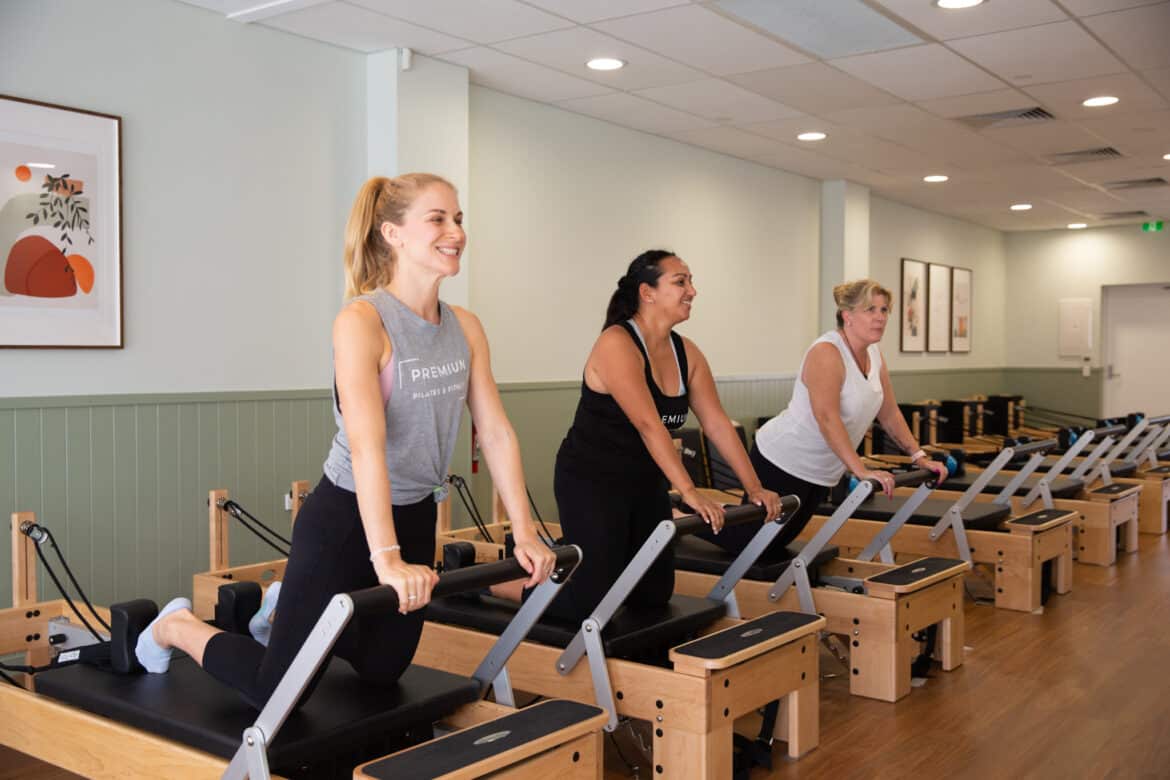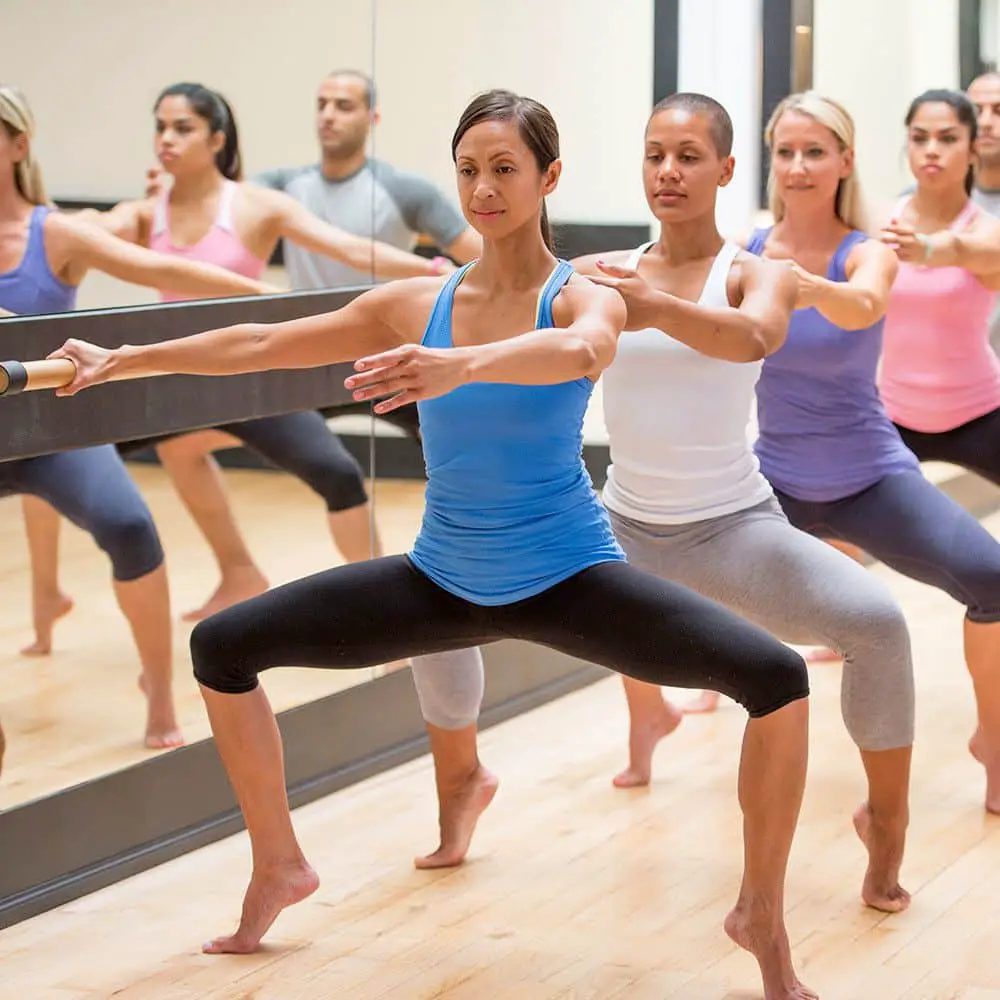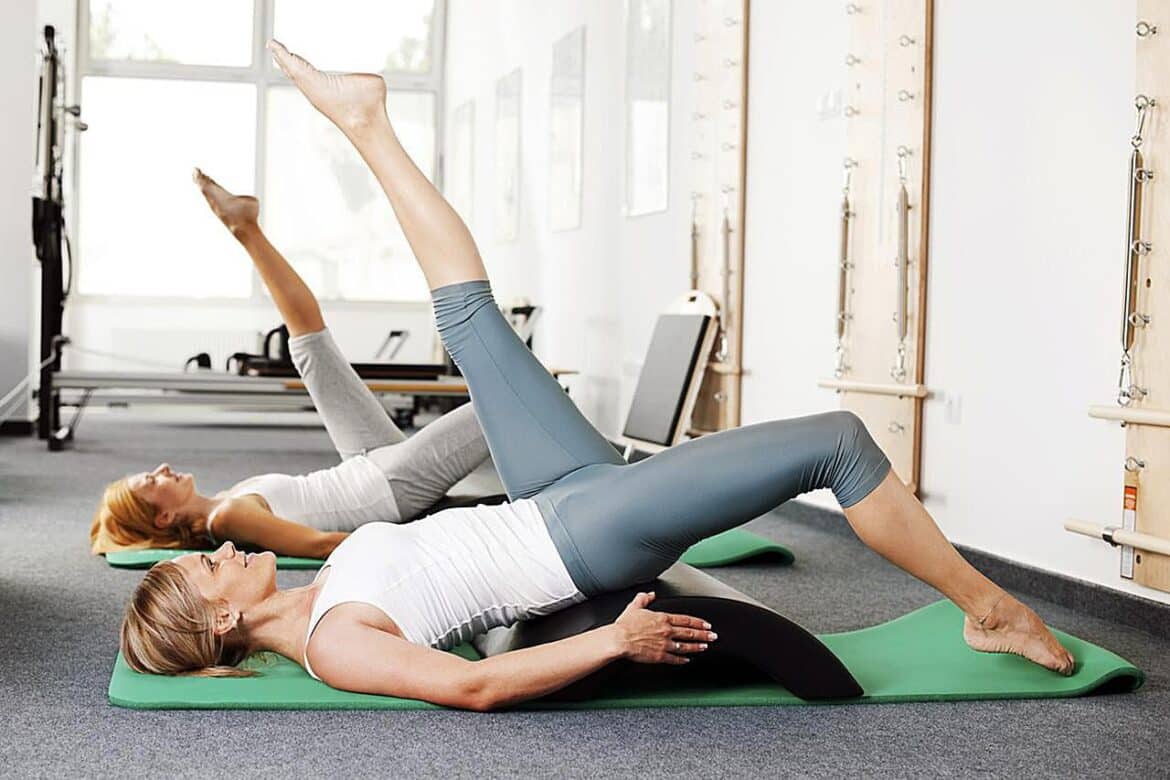Introduction Is Pilates Calisthenics: It focuses on strengthening the core muscles, improving posture, and enhancing flexibility through a series of controlled movements and breathwork. Pilates exercises often utilize specialized equipment such as reformers and cadillacs, but mat-based Pilates, performed on the floor, is equally popular. The essence of Pilates lies in precision and control, with movements designed to engage both the mind and body, fostering a deep mind-body connection. Calisthenics is a form of bodyweight training that has been practiced for centuries, dating back to ancient Greece. Calisthenics exercises rely solely on the individual’s body weight for resistance and leverage. Typical calisthenics movements include push-ups, pull-ups, squats, and planks, among others. The primary objective of calisthenics is to develop strength, endurance, and flexibility while promoting functional fitness. Unlike Pilates, calisthenics often involves dynamic movements and can be adapted to various skill levels, making it accessible to a wide range of enthusiasts. While both Pilates and calisthenics offer numerous physical benefits, they differ in their approaches. Pilates places a strong emphasis on controlled, fluid movements, and breath awareness to target specific …
Yoga and Pilates
Introduction Is Pilates Good For Stretching: Unlike some forms of exercise that prioritize sheer muscle size and power, Pilates prioritizes lengthening and strengthening muscles, promoting a lean and supple physique. Through its unique blend of stretching and strengthening exercises, Pilates helps individuals not only increase their range of motion but also maintain it over time. This is particularly beneficial for those who seek improved flexibility as part of their fitness goals, whether they are athletes aiming to prevent injuries, office workers looking to combat the effects of prolonged sitting, or individuals of all ages striving to maintain mobility and quality of life. Pilates, therefore, emerges as a powerful tool for achieving and maintaining flexibility, offering numerous advantages beyond simple stretching exercises. By addressing the body as a whole and emphasizing proper alignment and control, Pilates nurtures flexibility in a balanced and sustainable manner. Additionally, it encourages mindfulness, deep breathing, and relaxation, fostering a sense of mental and physical well-being. As we delve deeper into the world of Pilates, we will explore the specific techniques and exercises that make it a …
Introduction Is It Okay To Do Pilates Everyday: It’s essential to consider your fitness level. If you’re new to Pilates or have underlying health issues, it’s advisable to start slowly and consult with a qualified instructor or healthcare professional. Beginners may find it challenging to perform Pilates daily due to the initial muscle soreness and adaptation phase. However, as you progress and become more accustomed to the exercises, you might be able to increase the frequency. The intensity of your Pilates routine also matters. There are various Pilates styles, ranging from gentle mat exercises to more vigorous reformer-based workouts. High-intensity Pilates workouts every day may not be suitable for everyone. It’s crucial to strike a balance between challenging your body and allowing it time to recover. Listening to your body is paramount. Pay attention to how your muscles and joints feel after each session. If you experience excessive fatigue, soreness, or any discomfort, it might be a sign that you need to incorporate rest days into your routine. Adequate rest and recovery are essential for muscle repair and growth, which …
Introduction Does Pilates Help With Menopause: Pilates, a holistic approach to physical fitness developed by Joseph Pilates in the early 20th century, has gained widespread popularity for its focus on core strength, flexibility, and overall body awareness. While it is often lauded for its potential to improve posture and tone muscles, an emerging question in the world of women’s health is whether Pilates can also help alleviate some of the discomforts associated with menopause. The link between Pilates and menopause is intriguing, as both focus on enhancing the body’s natural strength and resilience. However, understanding the potential benefits of Pilates for menopausal women requires a closer look at the specific challenges they face. Hormonal changes during menopause can lead to a decrease in bone density, muscle mass, and flexibility, making women more susceptible to issues like osteoporosis and joint pain. Furthermore, the emotional toll of menopause, including anxiety and depression, can impact one’s motivation to stay active. This introductory exploration delves into the potential role of Pilates in mitigating the physical and emotional symptoms of menopause. We will examine how …
Introduction How Many Pilates Sessions To See Results: Understanding that Pilates is not a quick-fix solution is crucial. It’s a holistic approach to fitness that focuses on core strength, flexibility, posture, and body awareness. The transformative effects of Pilates often unfold gradually, making it more of a journey than a destination. However, most individuals typically begin to notice subtle changes after just a few sessions, which can be incredibly motivating. One key factor in determining the pace of results is consistency. Regular practice is paramount. Those who attend Pilates sessions sporadically may take longer to see noticeable changes compared to individuals who commit to a consistent routine. Consistency not only helps build muscle memory but also reinforces proper form and technique, which are essential for maximizing the benefits of Pilates. The expertise of the instructor also plays a pivotal role in achieving results. An experienced Pilates instructor can tailor sessions to an individual’s specific needs and goals, accelerating progress. They can provide personalized guidance and corrections that expedite the development of strength, flexibility, and body awareness. To recognize that everyone’s …
Introduction Is Pilates Good For Knee Pain: Pilates, originally developed by Joseph Pilates in the early 20th century, is a holistic exercise system that focuses on enhancing strength, flexibility, and overall body awareness. While its primary goal is to promote core strength and stability, Pilates can also offer numerous benefits for those seeking relief from knee pain. This introductory exploration aims to shed light on the potential of Pilates as a therapeutic tool for managing and even preventing knee pain. We will delve into the principles of Pilates exercises, its specific and techniques, and the ways in which it can address knee discomfort, both as a standalone practice and as part of a broader wellness regimen. One of the fundamental strengths of Pilates is its adaptability. Whether you’re a fitness enthusiast or a newcomer to exercise, Pilates can be tailored to suit your needs and abilities. Its low-impact nature makes it particularly suitable for individuals with knee pain, as it minimizes stress on the joints while still providing an effective workout. We will examine the science behind Pilates and how …
Introduction Is Pilates Strength Training Or Cardio: The world of fitness is a dynamic and ever-evolving realm, with a multitude of exercise modalities designed to cater to diverse fitness goals and preferences. Among these, Pilates stands out as a highly regarded and popular discipline that has been embraced by individuals seeking improved physical strength, flexibility, and overall well-being. To answer this question effectively, it is essential to delve into the core principles and practices that define Pilates. Developed in the early 20th century by Joseph Pilates, this holistic approach to fitness was initially known as “Contrology” and was designed to promote a harmonious union of body and mind. Pilates emphasizes a series of controlled and precise movements that target specific muscle groups, with a primary focus on the core. This aspect of Pilates undeniably aligns it with the principles of strength training. Pilates exercises are performed on various apparatus, such as the Reformer and Cadillac, as well as on mats. These exercises typically involve resistance in the form of springs, which individuals must engage their muscles to overcome. This resistance …
Introduction How Long Should A Pilates Session Last: A standard Pilates session typically lasts anywhere from 45 minutes to an hour. This duration allows for a comprehensive workout that targets various muscle groups while focusing on proper alignment and controlled movements. For many practitioners, this timeframe strikes a balance between achieving the desired results and maintaining concentration and precision throughout the session. However, the duration of a Pilates session can be adjusted to suit individual needs and preferences. Shorter sessions of 30 minutes can be effective for those with busy schedules or beginners who are just starting to explore the Pilates method. On the other hand, more experienced individuals or those with specific fitness goals may benefit from longer sessions lasting up to 90 minutes, which can incorporate a broader range of exercises and variations. Note that the effectiveness of a Pilates session is not solely determined by its duration. Quality over quantity is a fundamental principle in Pilates. Concentration, control, and proper technique are key elements that should be prioritized over the length of the session. In fact, a …
Introduction Is Barre The Same As Pilates: Pilates, developed by Joseph Pilates in the early 20th century, is a holistic exercise system designed to enhance physical strength, flexibility, and mental well-being. Rooted in the concept of mind-body connection, Pilates emphasizes controlled, precise movements that target the deep muscles of the core, also known as the “powerhouse.” These exercises aim to improve posture, alignment, and balance while fostering a sense of mindfulness and body awareness. On the other hand, Barre is a relatively newer fitness trend that emerged in the latter half of the 20th century. Inspired by ballet, Barre combines elements of dance, strength training, and isometric movements. The name “Barre” is derived from the ballet barre, a horizontal handrail used in ballet training, which participants use for stability during exercises. Barre classes typically involve small, repetitive movements performed at the barre or on a mat, often incorporating props like light weights and resistance bands. The primary goal of Barre is to sculpt lean muscles, improve flexibility, and enhance overall body tone. While both Barre and Pilates engage the core …
Introduction Is It Bad To Do Pilates Everyday: To address this query effectively, it’s essential to understand both the benefits and potential drawbacks of daily Pilates practice. First and foremost, Pilates offers an array of advantages. It promotes improved posture, enhanced flexibility, and increased core strength, which can alleviate back pain and contribute to better overall stability. Additionally, Pilates fosters mindfulness, encouraging individuals to connect with their bodies, reduce stress, and enhance body awareness. Given these benefits, it’s tempting to think that practicing Pilates daily might be ideal. Moderation and individualization are key when considering daily Pilates workouts. For beginners or those unaccustomed to regular physical activity, diving headfirst into daily sessions might lead to overexertion, muscle strain, or injury. Even seasoned practitioners can risk burnout or plateauing in their progress if they don’t allow their bodies time to recover and adapt. The suitability of daily Pilates depends on various factors, including one’s fitness level, goals, and the intensity and duration of each session. While some individuals may thrive on daily practice, others may find that three to five times …


